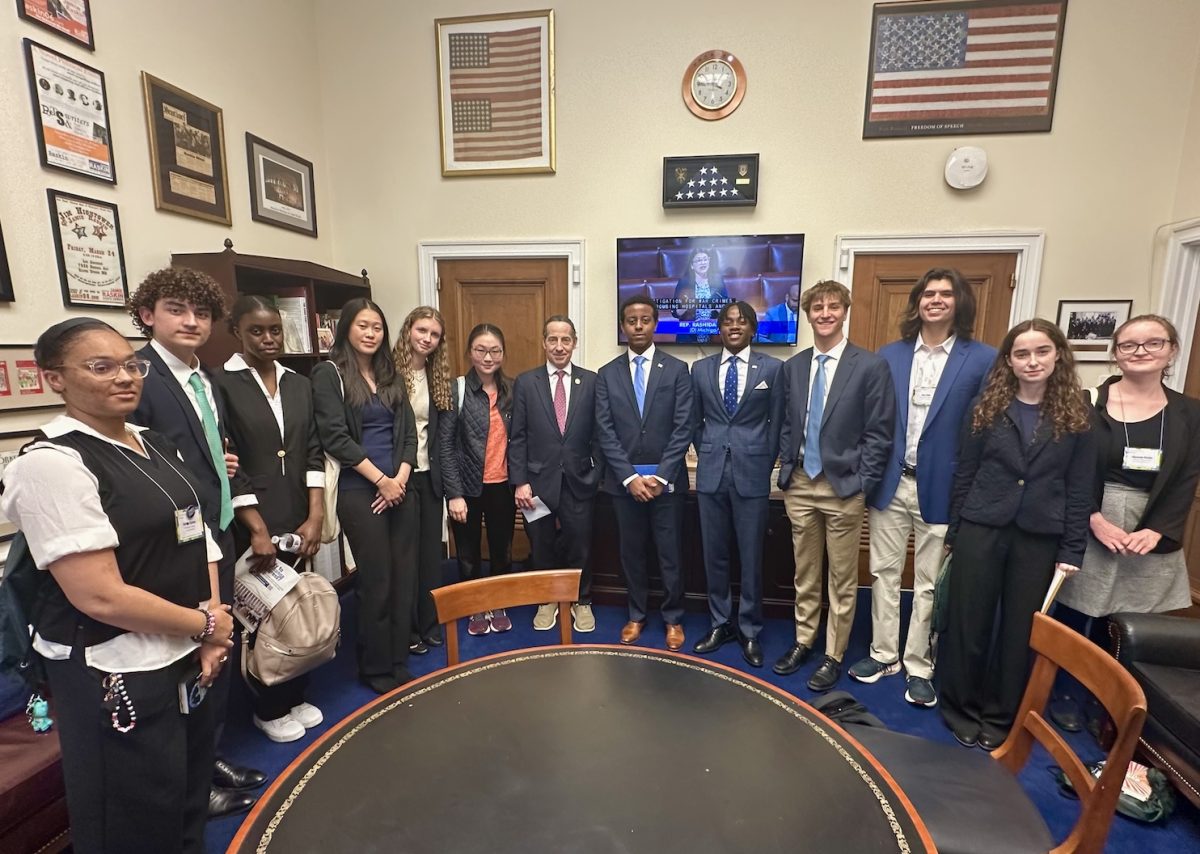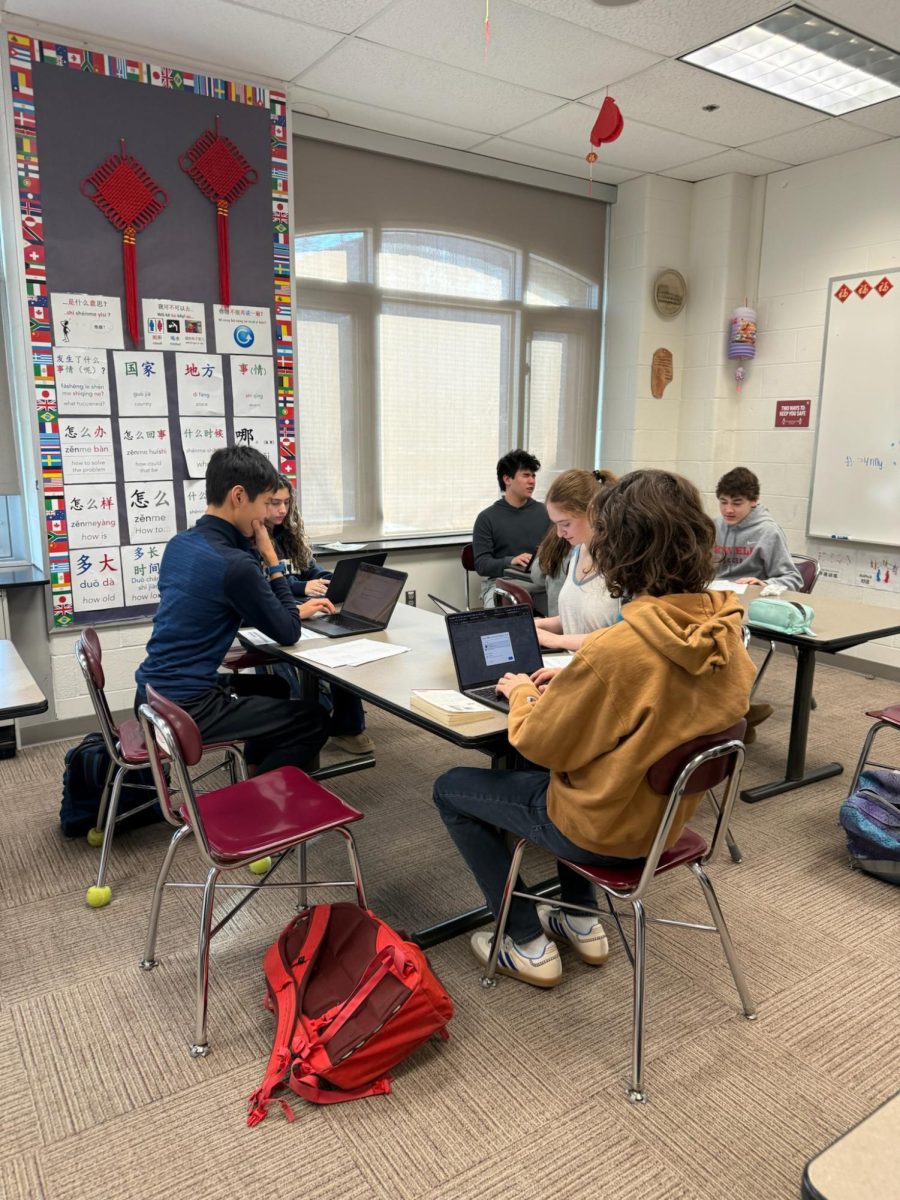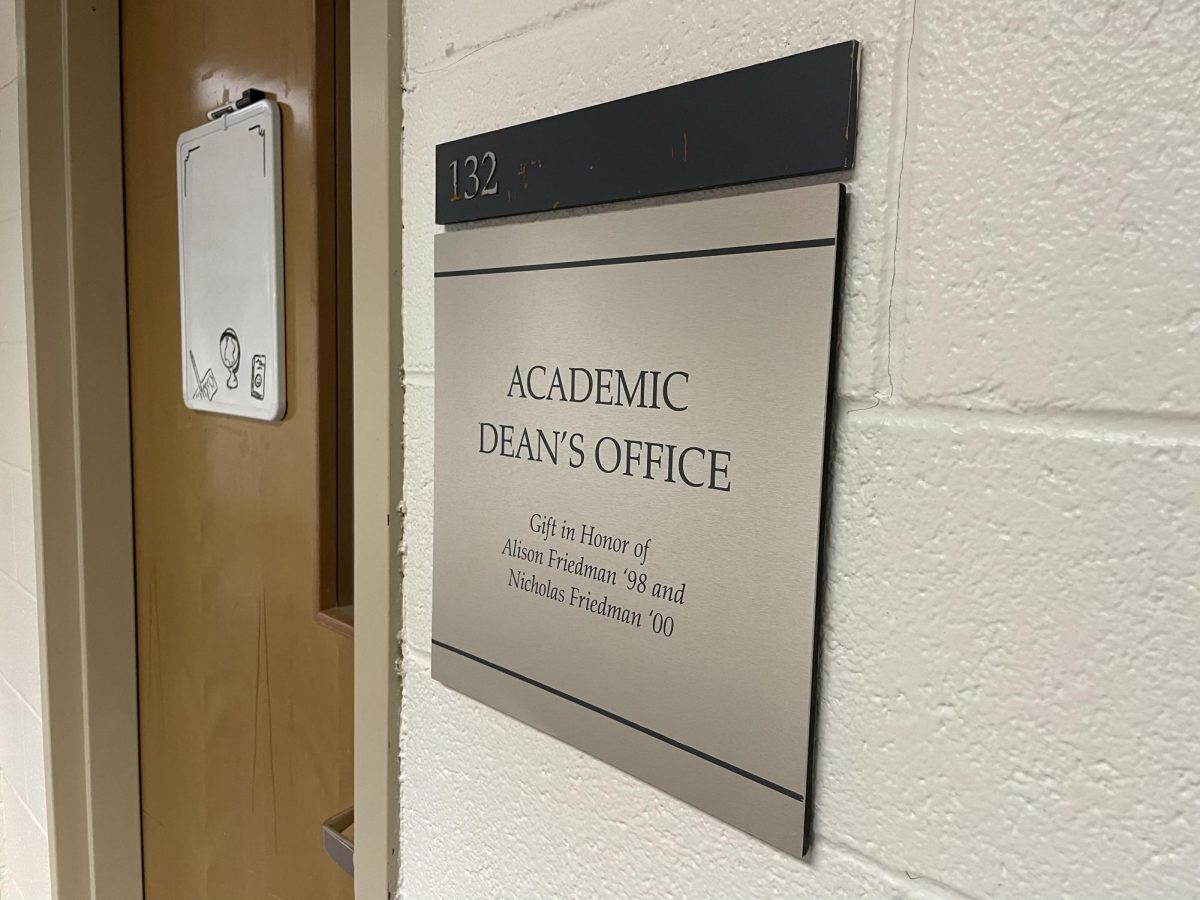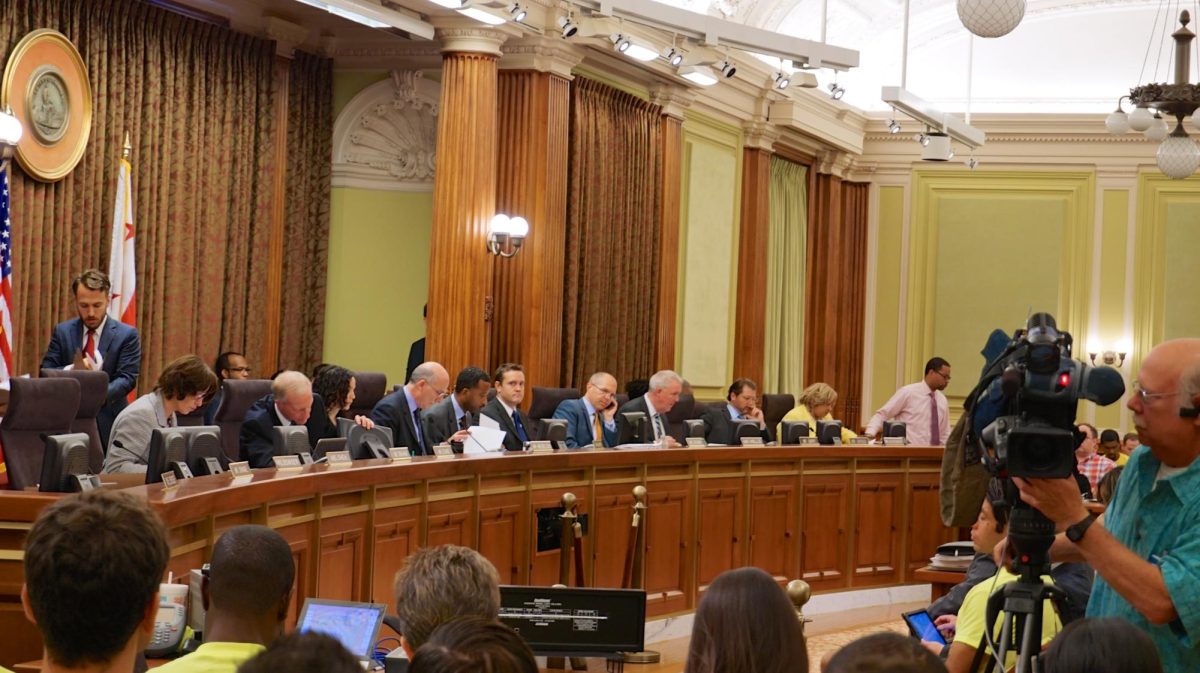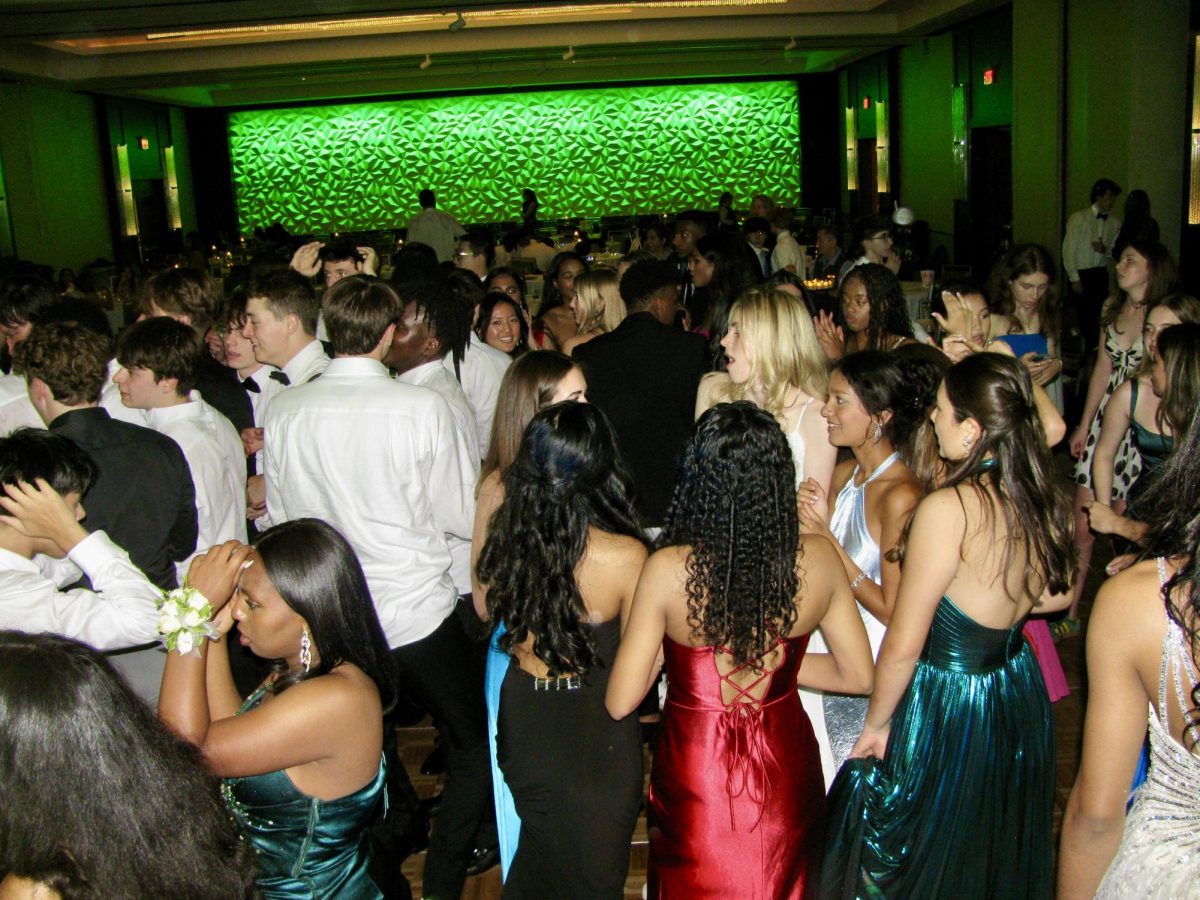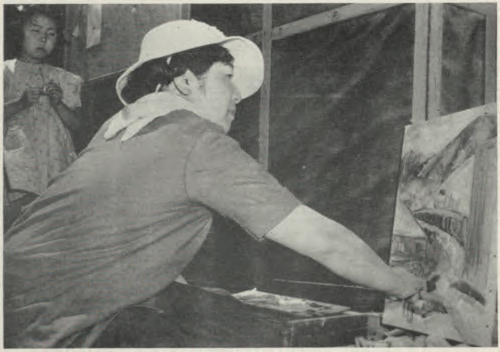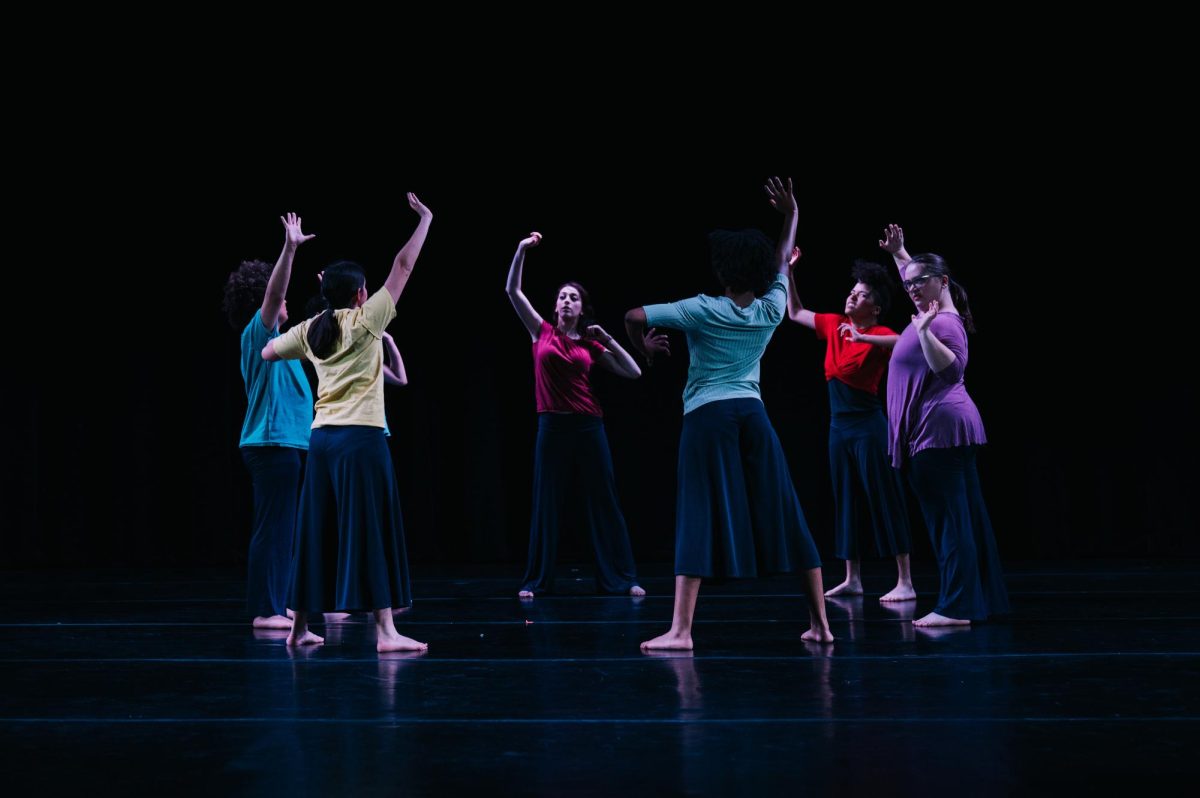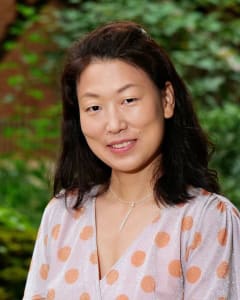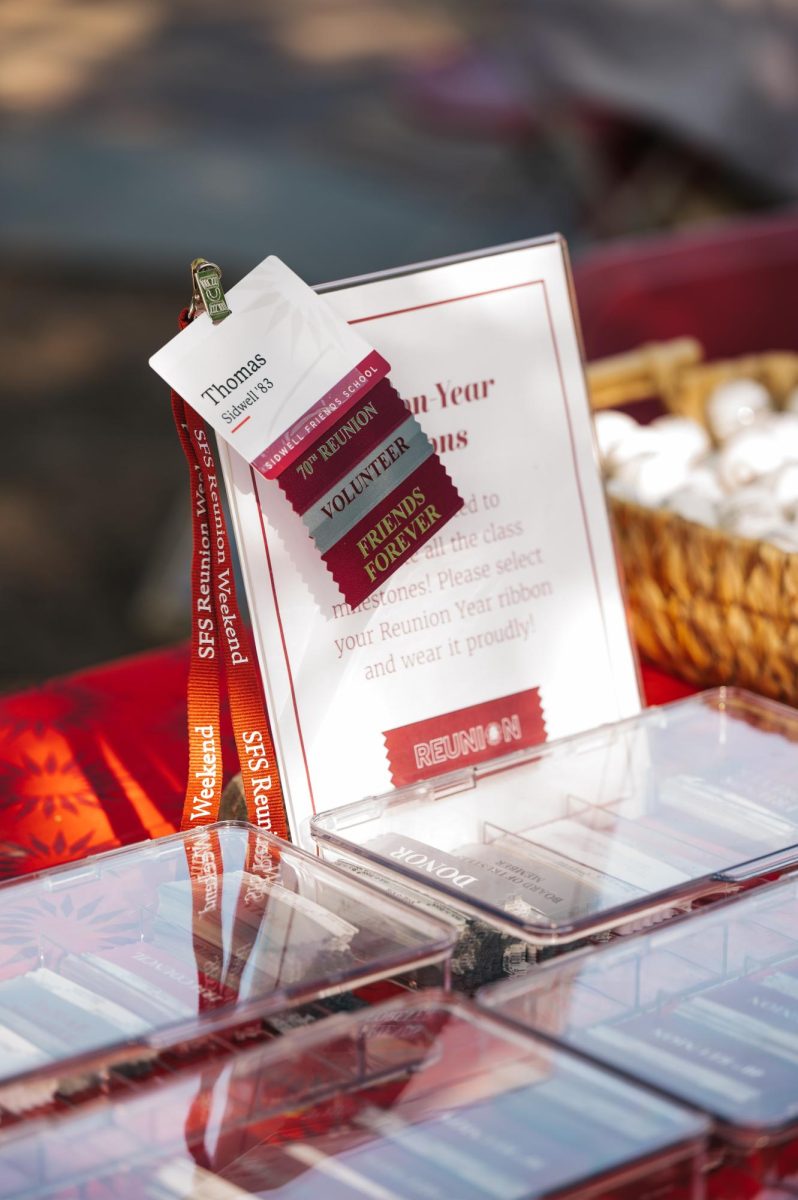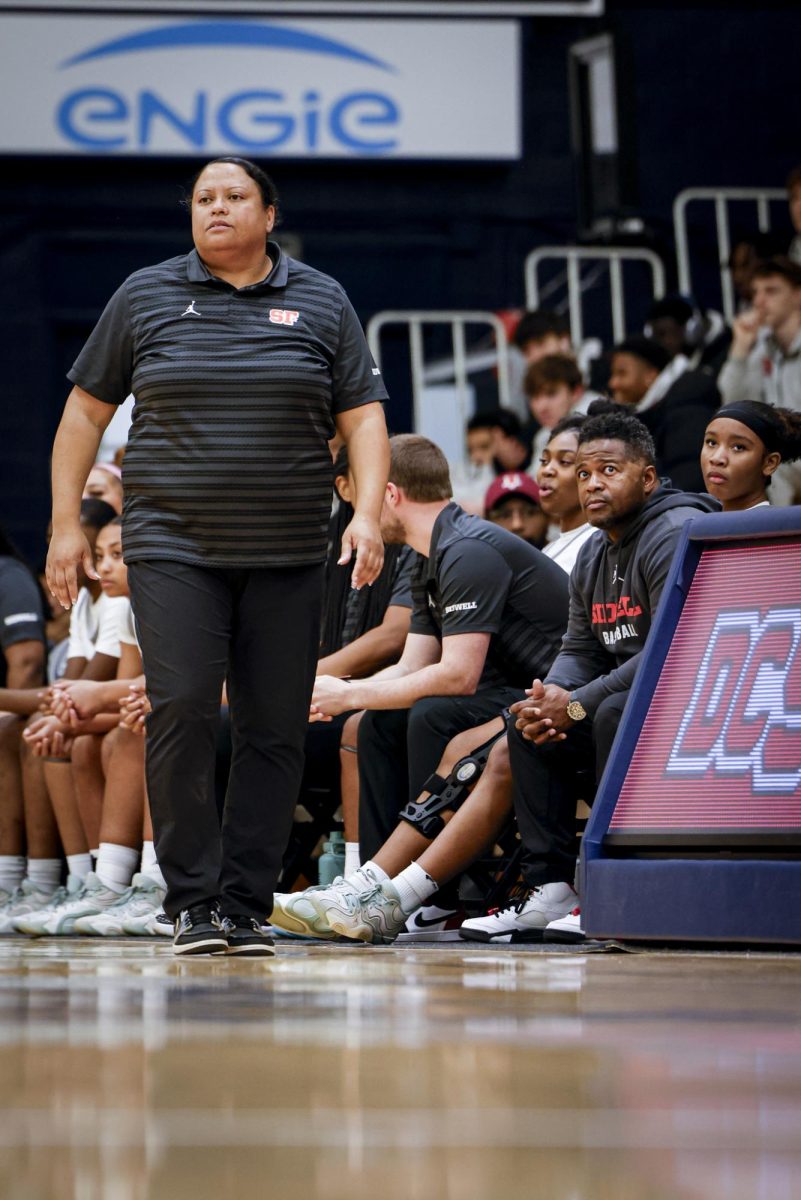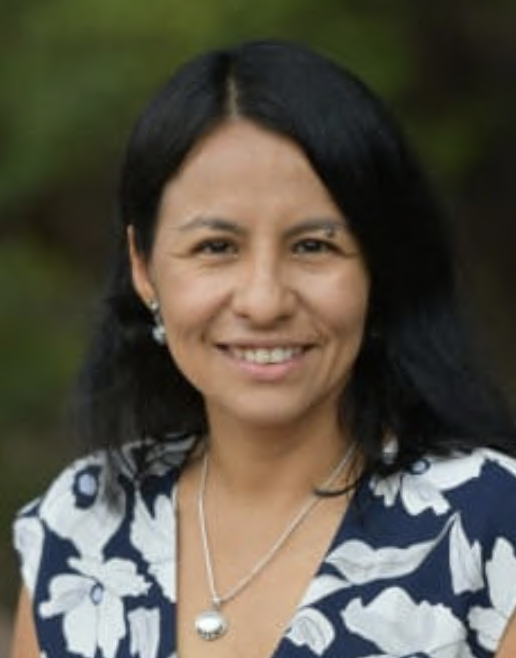Upper School Spanish Teacher Natalia Matta-Jara brings a diverse worldview to her teaching. Born and raised in Lima, Peru, Matta-Jara grew up in a traditional, multi-generational household surrounded by her grandmother, great-aunt, parents and three sisters. In that environment, she found “a way to have a richer life.” She recalled weekends filled with shared meals, family visits and playdates with cousins –– “a happy childhood in that sense.”
However, Matta-Jara’s childhood was also marked by political unrest and economic instability. Born during a dictatorship, she grew accustomed to hardship, “not having, for example, water in the house … when we had hyperinflation, we couldn’t get milk or bread.”
These conditions were normal for Matta-Jara and her friends: “I would be doing homework, then there was an explosion and the lights went out.” Her family kept candles and lanterns ready. For Matta-Jara’s 15th birthday, she had a small party at home with her friends when a blackout occurred. Government curfews further limited citizens’ freedom.
When Matta-Jara first began college at Pontificia Universidad Católica del Perú, the terrorist violence that had initially developed in rural areas in the Andes moved into the city, targeting civilians. “You knew that when you went out, you had to be careful,” she said. “It was difficult, but a part of who we were at the time. I take it as a way to be more understanding with what’s happening in the world.”
Amid this instability, Matta-Jara found her way into the classroom, pursuing her undergraduate studies in language and linguistics. She became a teaching assistant, her first exposure to teaching, after an extensive application process that included a teaching demo in front of three prominent professors.
At just 20, Matta-Jara was one of the youngest teaching assistants on campus. “I still remember the first day I came to teach,” she said. Matta-Jara prepared extensively for every class she taught, diving deep into research during long hours spent in the library, always feeling “a little bit insecure” about what she would say.
Inspired by her professors – many of whom had studied in the United States and returned to Peru to teach – she applied to Brown University for graduate school and received a fellowship. “My teachers showed me the path,” she said, recalling her uncertainty about translating her love for literature into a career.
Although it was her first time in the U.S. and her entire family lived in Peru, Matta-Jara focused on the connections she made at Brown rather than the challenges. Her close relationship with her Peruvian advisor helped her stay connected to her roots. “We would just sit in his office talking about writers, books, life [and] politics in Peru,” Matta-Jara said. When he retired two years ago, Matta-Jara attended his final conference and read aloud a piece she had written decades ago. “I was crying because I remembered all the things he did for me,” she said.
Studying Hispanic Studies at Brown, Matta-Jara found herself surrounded by Spanish: “My seminars were in Spanish, my teachers taught in Spanish and I taught Spanish in my second year.” Matta-Jara’s immersion in Spanish comforted her during her transition to a “different university, different city, different country.” For her dissertation, Matta-Jara chose to study Peruvian literature, allowing her to return to Peru for research.
At the same time, Matta-Jara branched out beyond her Spanish-speaking community, becoming friends with “international students, not only from Latin America.” One American friend introduced her to Thanksgiving, Halloween and Christmas traditions, celebrations she enjoyed participating in, she explained.
Matta-Jara embraces American culture with openness and curiosity while proudly honoring her rich Peruvian heritage. Recently, she set up a table on Peru for an international night at her daughter’s school: “I was showing [the students] the potatoes, the Amazon river and they would say, ‘Wait, the Amazon river starts in Peru?’ and I would say, ‘Yes.’” For Matta-Jara, embracing different cultures provides “a better sense of who you are.”
Though traveling to the U.S. for graduate school was daunting and often isolating, Matta-Jara didn’t think much of her struggles at the time. “Maybe at that time I didn’t see it because there was so much to do … I didn’t have time to be nervous,” she said.
After graduating from Brown, Matta-Jara taught Spanish at Wheaton College for two years. She then moved to Texas to teach historical fiction and literature at an advanced level at Texas Tech University. Eventually, she returned to the East Coast, primarily to raise her young children and shift from more solitary research to the conversational and collaborative literature-based work she always treasured as a student.
Matta-Jara joined Sidwell in 2016, initially teaching part-time so she could care for her infant daughter. Still, Matta-Jara was able to teach four courses, largely because her mother traveled from Peru to help care for the baby. Here, these close-knit intergenerational dynamics proved just as valuable as they were during Matta-Jara’s childhood. “Recently, my daughter said, ‘When you take care of my children,’ already thinking about that because in her mind, that’s what grandmothers do,” Matta-Jara said. While her parents and three sisters still live in Peru, Matta-Jara visits every summer, bringing her daughters with her. “They love it,” she said. “They say, ‘This is so beautiful.’”
Matta-Jara has found that Sidwell is a special place. “Every class is a joy for me,” she said, adding that “there is no moment where no one’s hand is raised.” In other academic environments where she has taught, students often lack the passion or desire to learn. “At Sidwell, it’s different,” Matta-Jara said. “If we’re talking about a piece of Spanish literature, someone will say something and it makes me think ‘I haven’t thought about that.’” She enjoys the inherent uniqueness of every class. “[W]hat happens with one group of students can’t be replicated,” she said.
Matta-Jara, who alternates between teaching Spanish III, Spanish IV, Spanish V and Advanced Spanish Seminar each year, appreciates the variety each course brings. The seminar — reminiscent of the discussion-based classes Matta-Jara taught over two decades ago — provides a space for a deeper study of history and literature. In the seminar, Matta-Jara often chooses to teach Latin American writers such as Borges and Cortázar, whom she has studied herself. For her, it is special reading those same works alongside Sidwell students this time, what she calls a “mutually enriching experience.” In Spanish IV and V, Matta-Jara aims to balance a similar cultural exploration with instruction in grammar, syntax and other aspects of the language. Even in the introductory classes, Matta-Jara incorporates aspects of history or culture through forms of media such as advertisements, movies and poetry. She tries to instill in her students the importance of learning a language.
“We are kind of forced to see the world with a different perspective and different eyes,” she explained. “Studying the mechanics of the language is a very intellectual exercise and can help you learn more about English.” However, the instruction, especially grammar units, can become tedious. “It requires a lot of patience,” she said. “We go step-by-step.”
Over time, her teaching process has gradually evolved from more planned and methodical to organic and flexible. “In graduate school, as a teaching assistant, I would have a supervisor who told me what to teach and I would just do it,” Matta-Jara explained. Although she was fluent in Spanish, she still had to learn the intricacies of its grammar. She spent time reviewing subjunctive rules and trigger words to prepare to teach. “I had to know a lot so I could teach,” she said, “I would think, ‘Okay, first I’m gonna say this, then I’m gonna say this next.’”
Now, she is more focused on the moment. “If we don’t have time to finish, it’s okay,” she said. Matta-Jara adapts based on the flow of each class, revising the curriculum year to year based on the skills students struggle most with.
“One student says something and then another student says something, and then we’re all talking, sharing the moment, sharing a joke or a smile, and something special is created in a space full of joy,” Matta-Jara reflected. “This happens because students are involved and they care a lot. They make connections between what we’re doing here and the world. That’s a gift.”








